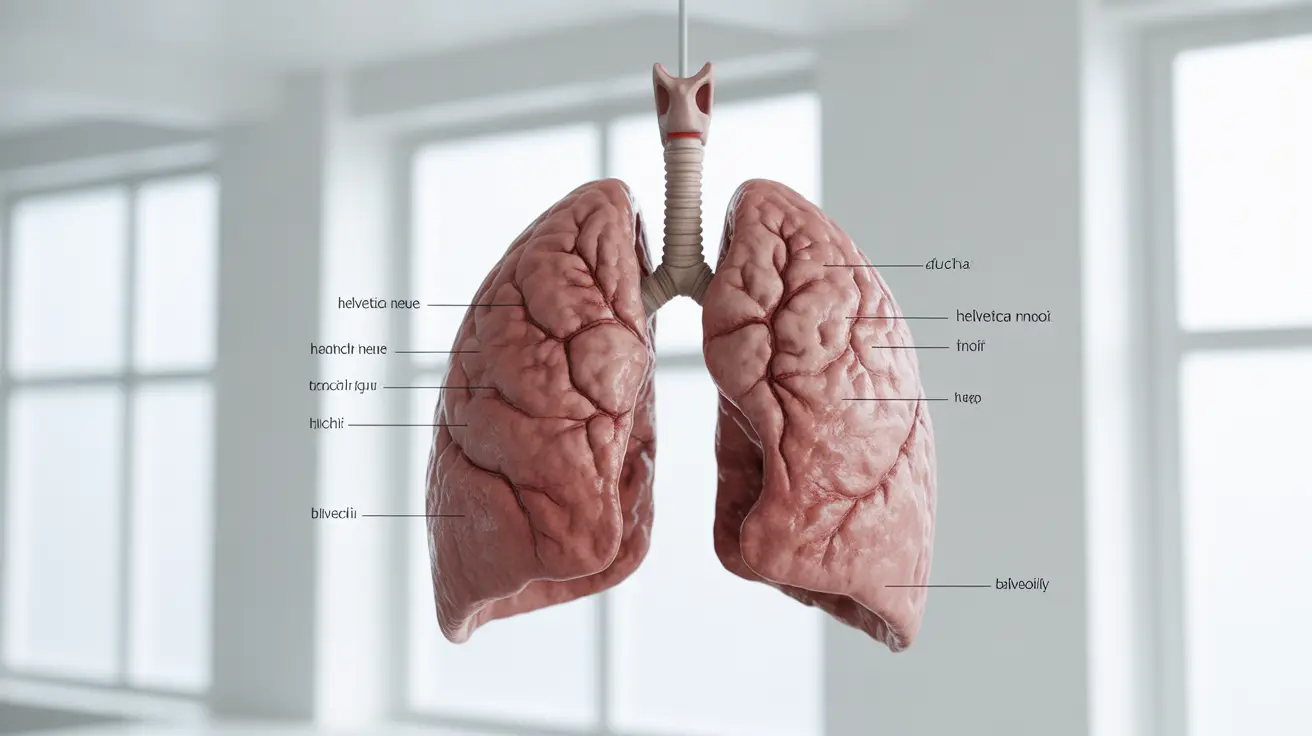Hyperinflated lungs occur when air becomes trapped in the lungs, causing them to expand beyond their normal size. This condition frequently affects individuals with chronic obstructive pulmonary disease (COPD) and can significantly impact breathing and quality of life. Understanding the causes, symptoms, and available treatments is crucial for managing this condition effectively.
While hyperinflated lungs are most commonly associated with COPD, they can also result from other respiratory conditions. Early recognition and proper management can help prevent complications and improve respiratory function.
Understanding Hyperinflated Lungs and Their Connection to COPD
Hyperinflated lungs develop when the airways become narrowed or damaged, making it difficult for air to escape during exhalation. In COPD, inflammation and damage to the airways and air sacs create this trapped-air effect. The lungs gradually become overinflated, pushing down on the diaphragm and making breathing increasingly difficult.
The relationship between COPD and lung hyperinflation is particularly significant because as COPD progresses, the likelihood and severity of hyperinflation typically increase. This creates a cycle where breathing becomes progressively more challenging.
Recognizing the Signs and Symptoms
Several key symptoms can indicate the presence of hyperinflated lungs:
- Shortness of breath, especially during physical activity
- Difficulty taking deep breaths
- Chronic cough
- Chest tightness or discomfort
- Reduced exercise tolerance
- Fatigue
- Barrel-shaped chest appearance
Diagnostic Approaches and Testing
Healthcare providers use various methods to diagnose hyperinflated lungs:
Imaging Studies
Chest X-rays and CT scans can reveal enlarged lungs and their position relative to the diaphragm. These images help doctors assess the severity of hyperinflation and monitor changes over time.
Pulmonary Function Tests
These tests measure lung volumes, capacity, and air flow, providing detailed information about respiratory function and the extent of hyperinflation.
Treatment Strategies and Management
Managing hyperinflated lungs typically involves a multi-faceted approach:
Medications
- Bronchodilators to relax and open airways
- Anti-inflammatory drugs to reduce airway inflammation
- Combination inhalers for comprehensive treatment
Breathing Techniques
Specialized breathing exercises can help improve lung function and reduce hyperinflation symptoms. Pursed-lip breathing and diaphragmatic breathing are particularly beneficial techniques that patients can practice daily.
Pulmonary Rehabilitation
Structured exercise programs and education sessions help improve breathing efficiency and overall physical conditioning. These programs typically include both supervised exercise and breathing technique instruction.
Lifestyle Modifications for Symptom Management
Several lifestyle changes can help manage hyperinflated lungs:
- Smoking cessation for those who smoke
- Regular physical activity within personal limitations
- Maintaining a healthy weight
- Avoiding environmental irritants
- Following a proper nutrition plan
Frequently Asked Questions
What causes hyperinflated lungs and how is it related to COPD? Hyperinflated lungs are primarily caused by air becoming trapped in the lungs due to narrowed or damaged airways. In COPD, chronic inflammation and tissue damage make it difficult for air to escape during exhalation, leading to hyperinflation.
What are the common symptoms of hyperinflated lungs I should watch for? Common symptoms include shortness of breath, difficulty taking deep breaths, chronic cough, chest tightness, reduced exercise tolerance, and fatigue. Some patients may also develop a barrel-shaped chest.
How do doctors diagnose lung hyperinflation and what tests are involved? Doctors use a combination of imaging studies (chest X-rays and CT scans) and pulmonary function tests to diagnose hyperinflated lungs. These tests measure lung volumes and assess the severity of the condition.
What treatment options are available to manage hyperinflated lungs? Treatment options include bronchodilators, anti-inflammatory medications, breathing exercises, and pulmonary rehabilitation programs. The specific treatment plan depends on the severity of the condition and individual patient factors.
Can lifestyle changes or breathing exercises help reduce lung hyperinflation symptoms? Yes, lifestyle changes and breathing exercises can help manage symptoms. Pursed-lip breathing, diaphragmatic breathing, regular exercise, maintaining a healthy weight, and avoiding environmental irritants can all contribute to better symptom control.




